
Robin Hood's Kitchen Converts Food Waste to Meals for Food Pantry
I have long known that Chatham County is a special place with an amazing community of creative, passionate people …



Construction to remodel the auditorium will begin September 2025. As such, the auditorium will not be available for use until June 2026.
El inglés es el idioma de control de esta página. En la medida en que haya algún conflicto entre la traducción al inglés y la traducción, el inglés prevalece.
Al hacer clic en el enlace de traducción se activa un servicio de traducción gratuito para convertir la página al español. Al igual que con cualquier traducción por Internet, la conversión no es sensible al contexto y puede que no traduzca el texto en su significado original. NC State Extension no garantiza la exactitud del texto traducido. Por favor, tenga en cuenta que algunas aplicaciones y/o servicios pueden no funcionar como se espera cuando se traducen.
Inglês é o idioma de controle desta página. Na medida que haja algum conflito entre o texto original em Inglês e a tradução, o Inglês prevalece.
Ao clicar no link de tradução, um serviço gratuito de tradução será ativado para converter a página para o Português. Como em qualquer tradução pela internet, a conversão não é sensivel ao contexto e pode não ocorrer a tradução para o significado orginal. O serviço de Extensão da Carolina do Norte (NC State Extension) não garante a exatidão do texto traduzido. Por favor, observe que algumas funções ou serviços podem não funcionar como esperado após a tradução.
English is the controlling language of this page. To the extent there is any conflict between the English text and the translation, English controls.
Clicking on the translation link activates a free translation service to convert the page to Spanish. As with any Internet translation, the conversion is not context-sensitive and may not translate the text to its original meaning. NC State Extension does not guarantee the accuracy of the translated text. Please note that some applications and/or services may not function as expected when translated.
Collapse ▲
I have long known that Chatham County is a special place with an amazing community of creative, passionate people …
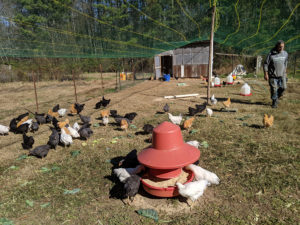
From Chatham County Agriculture Agent Debbie Roos: Farm Visit Snapshots are a new feature on my Growing Small Farms website. A …

NC FarmLink was recently featured in Tobacco Farm Quarterly. In the article, found on page 18, journalist, Lara Ivanitch …

Check out this 15 minute video summary by Economist Dr. Charlie Hall on the economic, environmental, and health and …
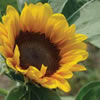
Need answers to floriculture, vegetable, fruit, or weed questions? The Department of Horticultural Science invites you to try their powerful, but focused …
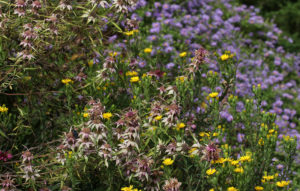
Pollinator Paradise is a Demonstration Garden created by the North Carolina Cooperative Extension, Chatham County Center. Agriculture Agent Debbie …
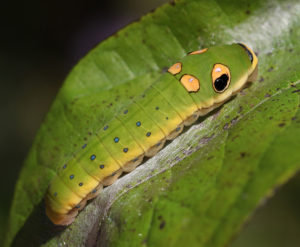
Pollinator Paradise is a Demonstration Garden created by the North Carolina Cooperative Extension, Chatham County Center. Agriculture Agent Debbie Roos …
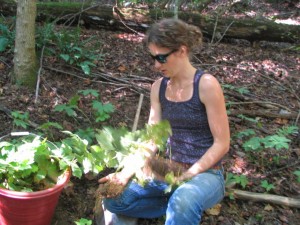
We often receive questions on how to grow Bloodroot. Margaret and Alison, with the NC Alternative Crops and Organics …
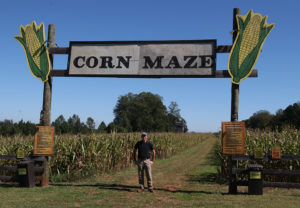
From Chatham County Agriculture Agent Debbie Roos: Farm Visit Snapshots are a new feature on my Growing Small Farms …
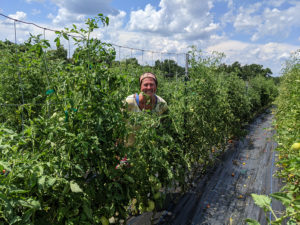
From Chatham County Agriculture Agent Debbie Roos: Farm Visit Snapshots are a new feature on my Growing Small Farms …

The number of chrysanthemum samples diagnosed with Fusarium wilt this year is well above average, according to NC State …
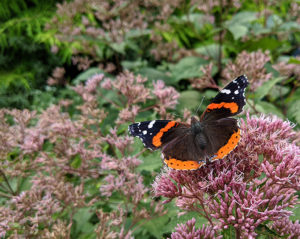
Pollinator Paradise is a Demonstration Garden created by the North Carolina Cooperative Extension, Chatham County Center. Agriculture Agent Debbie Roos …
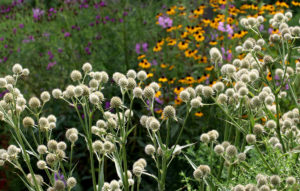
Pollinator Paradise is a Demonstration Garden created by the North Carolina Cooperative Extension, Chatham County Center. Agriculture Agent Debbie …
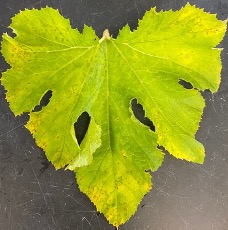
Written by Lina Quesada-Ocampo and Kimberly D’Arcangelo Cucurbit downy mildew, caused by the oomycete pathogen Pseudoperonospora cubensis, has been confirmed …

From Chatham County Agriculture Agent Debbie Roos: Farm Visit Snapshots are a new feature on my Growing Small Farms …

Pollinator Paradise is a Demonstration Garden created by the North Carolina Cooperative Extension, Chatham County Center. Agriculture Agent Debbie Roos …
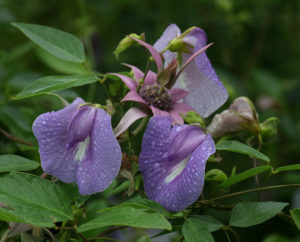
Pollinator Paradise is a Demonstration Garden created by the North Carolina Cooperative Extension, Chatham County Center. Agriculture Agent Debbie …
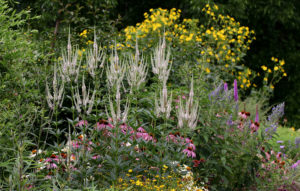
Pollinator Paradise is a Demonstration Garden created by the North Carolina Cooperative Extension, Chatham County Center. Agriculture Agent Debbie Roos …
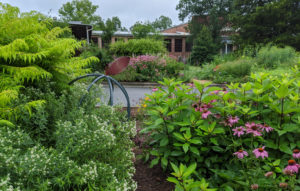
Pollinator Paradise is a Demonstration Garden created by the North Carolina Cooperative Extension, Chatham County Center. Agriculture Agent Debbie …

This field guide and linked resources provide information on basic insect identification, sampling methods, monitoring, …
Vineyard establishment involves careful planning, thorough site preparation, vineyard design, planting, and trellis construction. Unlike …
Growing Chardonnay grapes, the number one vinifera variety grown in North Carolina, can be a …

Crape Myrtle Bark Scale (CMBS), Acanthococcus lagerstroemiae, is an exotic insect pest that feeds only …
New and current grape growers will find practical information on site appraisal, establishment, and operation …
Grapes grown in North Carolina are sometimes exposed to unfavorable climatic conditions and biological pests …

This factsheet discusses symptoms and control of several leaf diseases common in North Carolina blueberry …

This factsheet describes the biology of the cane lace bug or bamboo lace bug, Leptodictya …